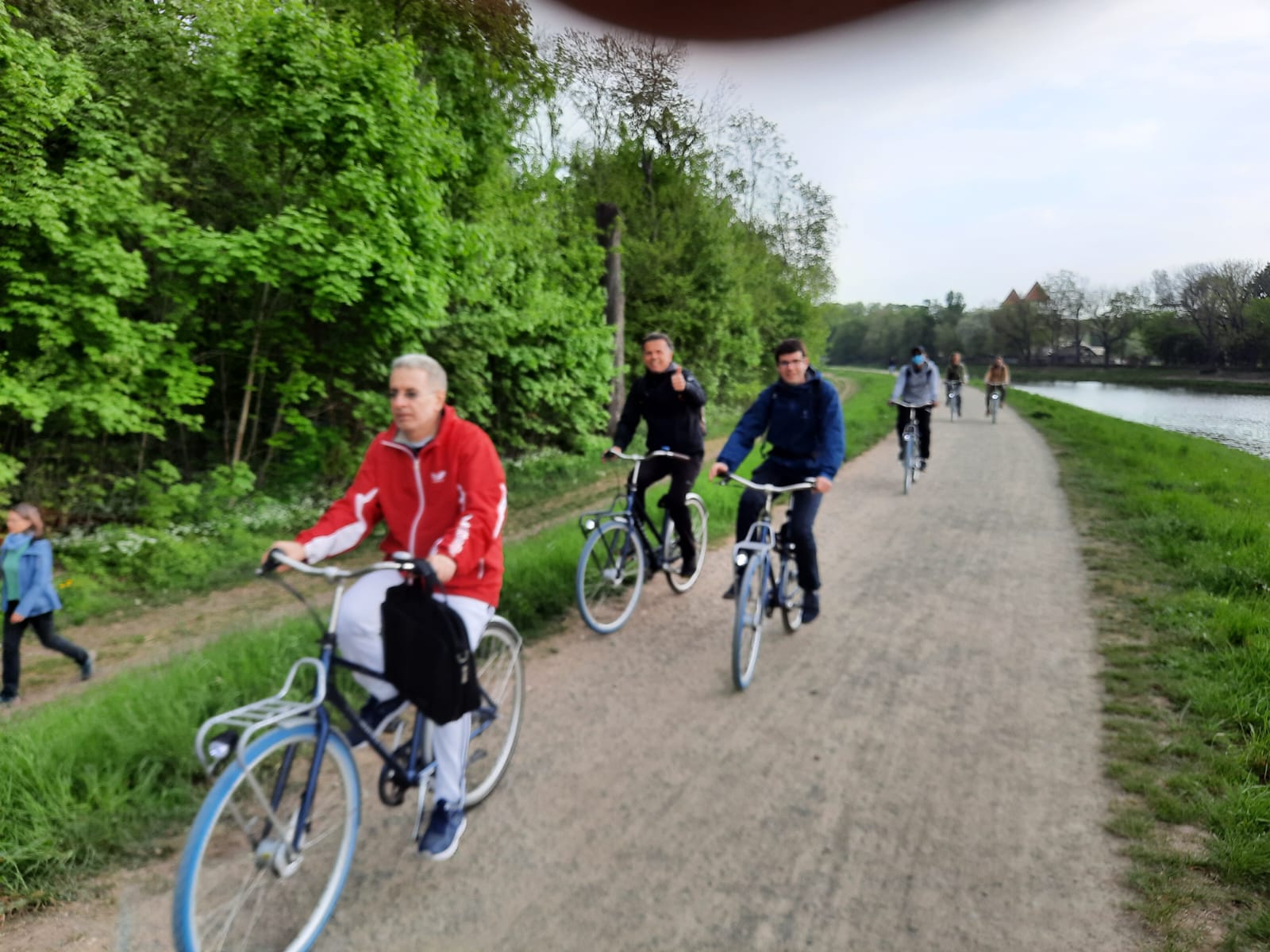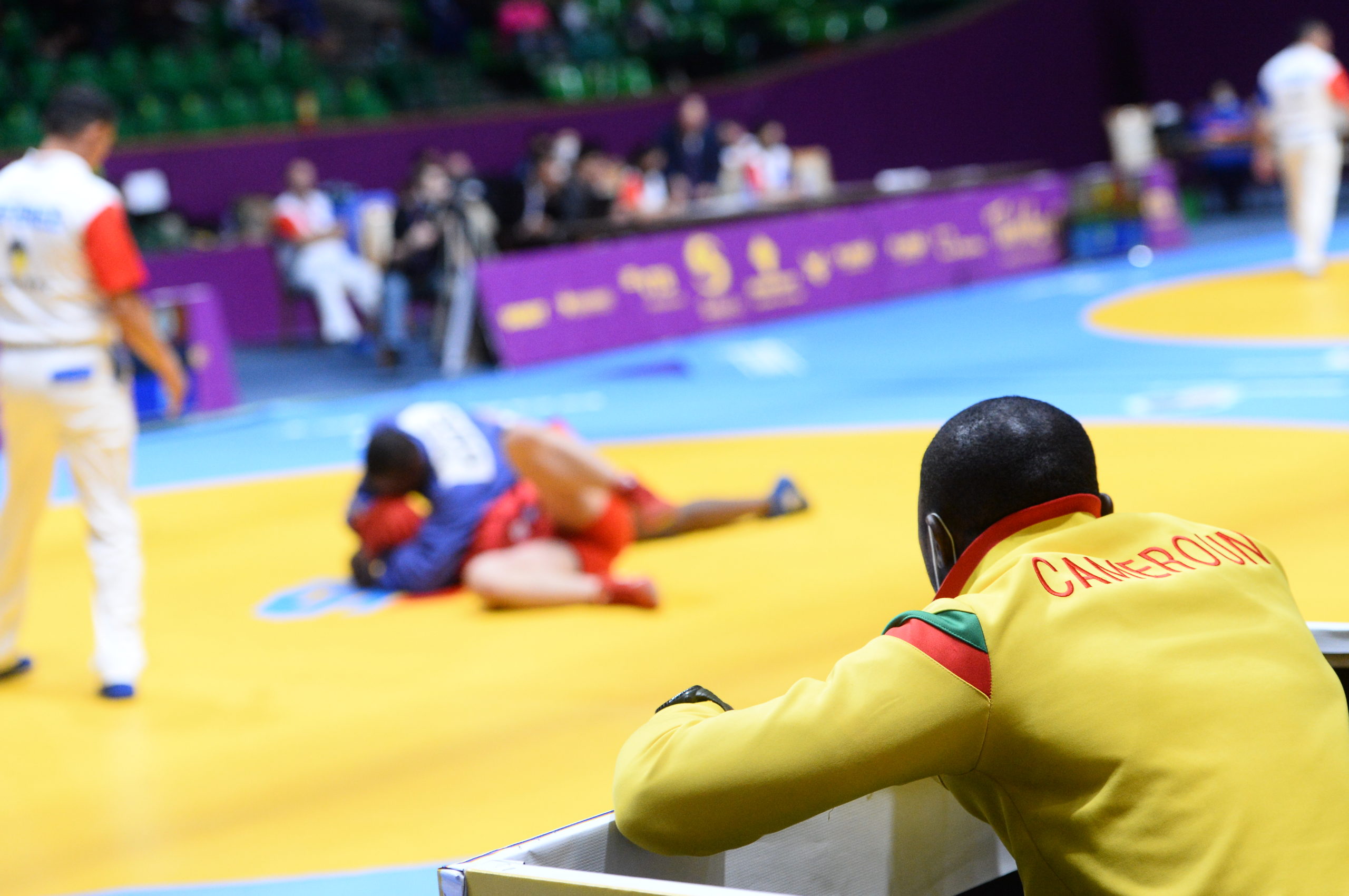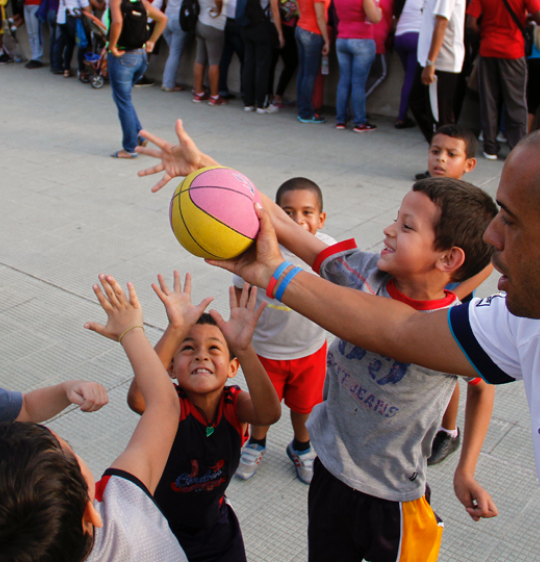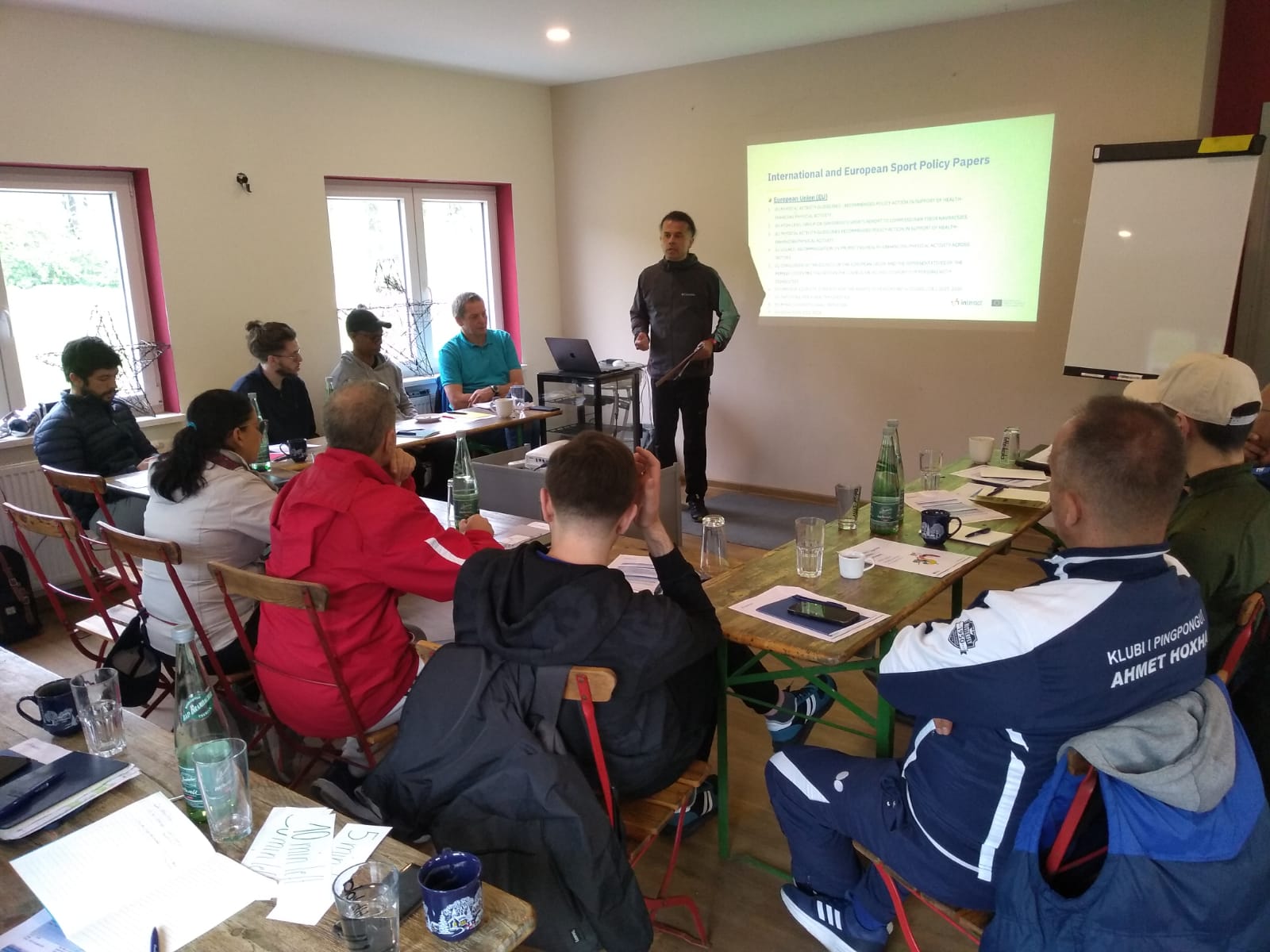Home > Toolkit > Overcoming Barriers to Participation and Sustaining Long-Term Engagement
Sports have the power to transform lives by fostering physical health, mental well-being and social connections. However, many individuals face significant barriers that prevent them from joining or staying involved in organised sports. These obstacles range from financial and time constraints to social and cultural factors, creating challenges that organisations must address to ensure inclusiveness and sustained engagement.
This guide offers practical solutions for International Sport Organisations (ISOs), National Federations (NFs), and sport clubs to tackle these barriers effectively. It also highlights the importance of long-term retention, ensuring that participants not only join but remain connected to sports programs for years to come.
International Sports Organisations
National Sports Federations
Overcoming barriers to participation and sustaining long-term engagement requires a holistic approach. By addressing financial, logistical, psychological, and social challenges, organisations can create programs that are truly inclusive and accessible. Retaining participants depends on building strong communities, offering personalised opportunities and fostering an environment of trust and support.
By combining practical solutions with a commitment to inclusivity, ISOs, NFs, and sport clubs can ensure that everyone has the opportunity to experience the transformative power of sport.
Let’s continue to break down barriers, build bridges and make sport a place where everyone belongs.
Barriers to organised sports are often multifaceted, with financial, logistical, psychological and social elements playing a role.
Financial constraints remain one of the most significant obstacles, as families may struggle to afford membership fees, equipment, or travel costs. This is particularly evident in low-income communities where opportunities for sports participation are already limited.
Time constraints also play a critical role. Busy schedules, competing responsibilities and long commutes to sports facilities often discourage participation. Parents balancing work and childcare may find it difficult to commit to regular practices or matches, and for many young people, academic pressures leave little time for extracurricular activities.
Access is another significant challenge. In rural or underserved areas, sports facilities may be non-existent or difficult to reach, leaving entire communities excluded from organised sports. Even in urban settings, individuals without reliable transportation may struggle to attend activities.
Psychological barriers, such as fear of judgment, low self-confidence or negative past experiences, can discourage people from joining. A sense of not “fitting in” due to skill level, body image or cultural norms further alienates potential participants. Social barriers such as gender stereotypes or a lack of diversity in leadership roles can also make certain groups feel unwelcome.
By understanding these barriers, organisations can design interventions that create inclusive and supportive environments for all.
To foster an inclusive and engaging sports environment, consider implementing the following strategies:
– Flexible Payment Options: Offer instalment plans or sliding scale fees based on income to make participation more affordable.
– Scholarships and Subsidies: Establish programs to assist families facing financial hardships, ensuring that cost is not a barrier to entry.
– Community Partnerships: Collaborate with local businesses or government agencies to sponsor programs or provide funding for equipment and facilities.
– Flexible Scheduling: Offer sessions at various times, including weekends and evenings, to accommodate diverse schedules.
– Shortened Sessions: Provide options for shorter, more frequent sessions to fit into busy lifestyles.
– Family-Oriented Programs: Design activities that allow family members to participate together, maximising convenience and shared time.
– Local Facility Development: Invest in developing or upgrading facilities in underserved areas to reduce travel barriers.
– Transportation Solutions: Organise carpooling systems or provide shuttle services to assist participants in reaching venues.
– Mobile Programs: Implement mobile sports programs that bring activities directly to communities lacking facilities.
– Inclusive Environment: Foster a welcoming atmosphere where all participants feel valued, regardless their gender identity, ability or skill level.
– Positive Coaching Practices: Train coaches to provide constructive feedback and support, emphasising personal growth over competition.
– Anti-Bullying Policies: Establish clear policies and procedures to prevent and address bullying or negative behaviours.
– Diverse Representation: Highlight diverse role models within the organisation to inspire and attract participants from various backgrounds.
– Cultural Sensitivity Training: Educate staff and volunteers on cultural competencies to better serve a diverse participant base.
– Community Engagement: Collaborate with cultural and community groups to design programs that respect and incorporate cultural practices and preferences.
Ensuring the safety and well-being of participants, especially children and vulnerable individuals, must be a priority for every sports organisation. A comprehensive safeguarding policy protects participants from abuse, harassment, and harm while fostering trust among families and communities.
Key elements of a safeguarding policy include:
– Clear Codes of Conduct: Establish behavioural guidelines for coaches, staff, volunteers, and participants. Communicate expectations clearly and ensure accountability.
– Trained Safeguarding Officers: Designate individuals within the organisation to oversee safeguarding practices, respond to concerns, and provide support to affected individuals.
– Child Protection Measures: Implement procedures for vetting staff and volunteers, such as background checks, to ensure they are suitable to work with children.
– Reporting Mechanisms: Create safe, confidential channels for participants or their families to report incidents of misconduct or abuse.
– Education and Training: Provide regular safeguarding training for coaches, staff, and volunteers to ensure they understand how to recognise, prevent, and address potential issues.
Once you achieve increased participation, it is important to keep those participants engaged. Maintaining long-term participation requires different strategies and ongoing efforts to keep individuals motivated and connected with the sports organisation.
– Social Events: Organise regular social activities to strengthen bonds among participants and create a sense of belonging.
– Mentorship Programs: Pair new participants with experienced members to provide guidance and foster relationships.
– Family Involvement: Encourage family participation in events and activities to build a supportive network.
– Individual Goal Setting: Work with participants to set personal goals and track progress, enhancing motivation.
– Skill Development Workshops: Offer specialised clinics or workshops to help participants improve specific skills.
– Recognition Programs: Acknowledge achievements and milestones through awards or public recognition.
– Regular Updates: Keep participants informed about schedules, events, and organisational news through newsletters or digital platforms.
– Feedback Mechanisms: Provide channels for participants to share their experiences and suggestions, demonstrating that their input is valued.
– Transparent Policies: Clearly communicate expectations, procedures, and any changes to maintain trust and clarity.
– Variety of Activities: Offer a range of programs to cater to different interests and prevent monotony.
– Inclusive Competitions: Organise events that focus on participation and enjoyment rather than solely on winning.
– Adaptability: Be open to modifying programs based on participant feedback and emerging trends.
– Health Resources: Provide access to nutritionists, physiotherapists, or mental health professionals to support overall well-being.
– Rest and Recovery Emphasis: Educate participants on the importance of rest and recovery to prevent burnout
International Sport Organisations (ISOs), National Federations (NFs), and local sports clubs can all benefit from these guidelines to create more inclusive and accessible sports programs. These organisations play a crucial role in shaping policies, providing funding, and implementing programs that break down barriers to participation. By integrating financial assistance, flexible scheduling, and safeguarding policies, they can ensure that individuals from all backgrounds have equal opportunities to engage in organised sports and sustain long-term participation.
Community-based organisations, schools, and local governments can also apply these strategies to enhance sports accessibility at a grassroots level. Schools can incorporate inclusive sports programs into their curricula, ensuring that students from diverse backgrounds have access to physical activities. Local governments can support these efforts by investing in public sports infrastructure, offering transportation solutions, and forming partnerships with sports clubs to provide free or low-cost participation options. Together, these stakeholders can create an environment where sport is truly for all.
Additionally, individual coaches, volunteers, and event organisers can implement these recommendations in their daily interactions with participants. By fostering a welcoming atmosphere, using positive coaching techniques, and promoting mentorship programs, they can help individuals overcome psychological and social barriers. Their direct involvement in sports programs makes them key players in sustaining engagement and ensuring that participants feel valued, supported, and motivated to continue their journey in sport.
Let’s continue to break down barriers, build bridges and make sport a place where everyone belongs.
For organisations and individuals involved in Sport for All, evaluation provides answers to critical questions: Are we achieving our goals? Are we reaching the people who need us most? Are we contributing to something bigger, such as the UN’s Sustainable Development Goals (SDGs)? With the right tools, we can gather evidence that tells these stories, validates our efforts, and...
Sports have the power to transform lives by fostering physical health, mental well-being and social connections. However, many individuals face significant barriers that prevent them from joining or staying involved in organised sports. These obstacles range from financial and time constraints to social and cultural factors, creating challenges that organisations must address to ensure inclusiveness and sustained engagement. This guide...
The United Nation Sustainable Development Goals (SDGs), adopted by 193 countries in 2015, serve as a global blueprint for addressing the world’s most pressing challenges by 2030. These 17 interconnected goals aim to tackle issues like poverty, inequality, climate change, and access to education and healthcare. At the heart of the SDGs are three guiding principles: People, Planet, and...
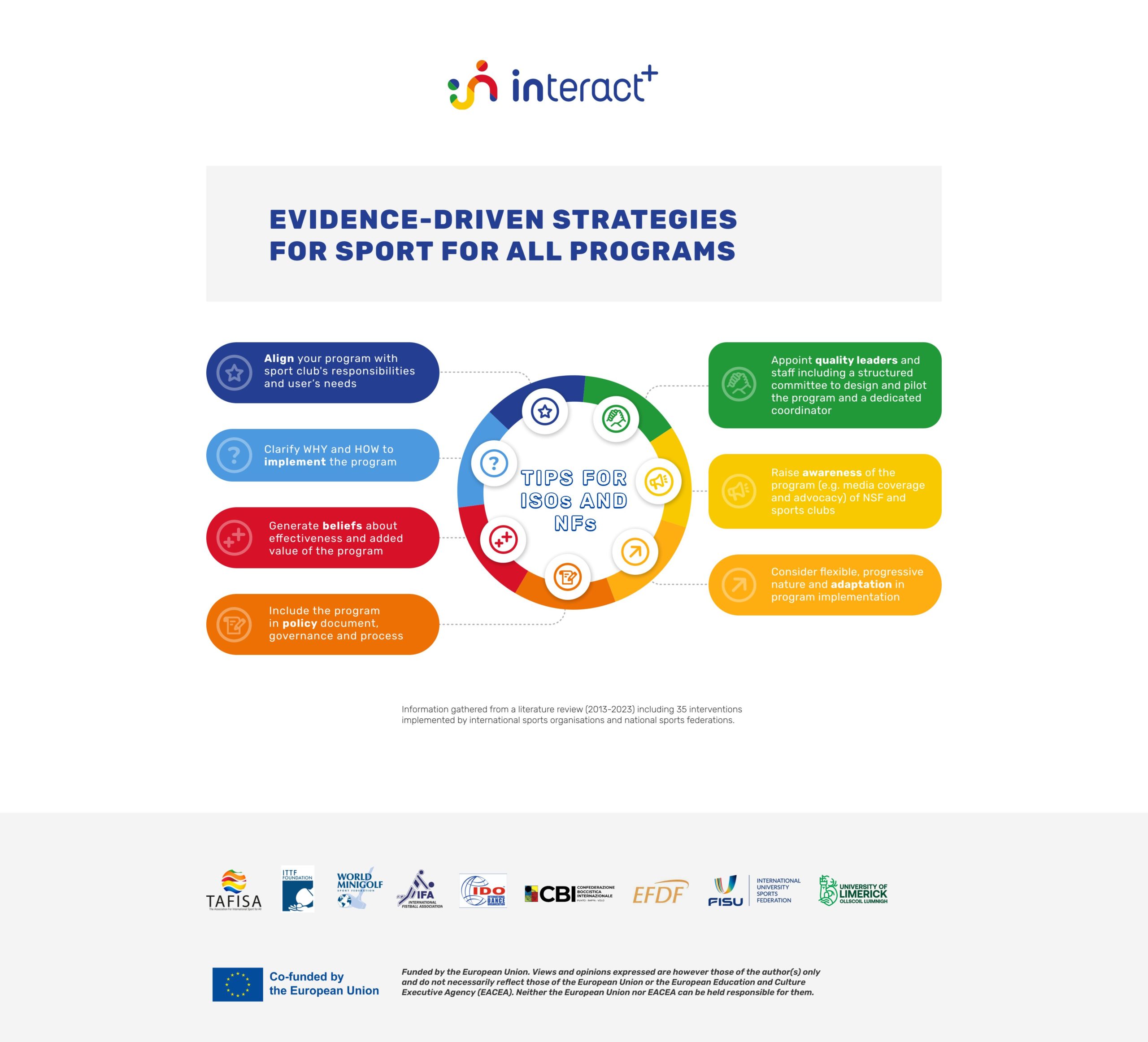
International Sports Organisations (ISOs) and National Federations (NFs) play a crucial role in shaping the future of sports participation and inclusion. However, the traditional focus on elite performance and competitive sports has often sidelined broader social, health, and community-based objectives. The INTERACT+ project aims to bridge this gap by providing ISOs and NFs with the tools and strategic direction...
